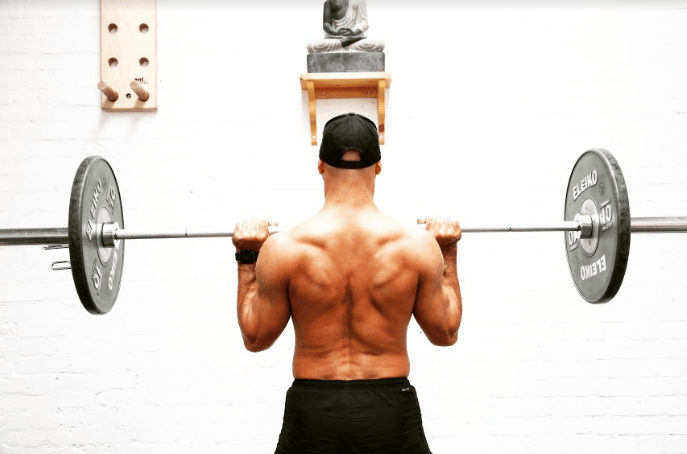
You’ve seen them at the gym; red-faced, dripping in sweat, muscles shaking.
“How could they possibly do another burpee?” you wonder while taking yet another breather to check your phone, grab some water, or whatever other excuse you can think of to stop exercising.
The answer is kitted out in the latest lycra and standing over your exhausted neighbour pushing for just 10 more reps, five more seconds, one more kilo on the bar.
Brits are working out now more than ever, the 2017 State of the UK Fitness Industry Report released earlier this month revealed that one in seven of us are members of a gym, amounting to more than 9.7million memberships.
But if you spend your workouts wandering aimlessly between the leg press and the lat pull-down, or, like one of 10 gym members, haven’t actually set foot inside the place in a year, you have to wonder what you’re actually getting out of it?
Working out with a trainer increases your fitness-goal success rate by 30%, according to a study published in the Journal of Sports Science & Medicine. Researchers found that the influence of direct supervision during workouts had a huge effect on the outcome of training.
But not all personal trainers are created equal, nor is there a ‘one size fits all approach’ to training methods; miltary-style scare tactics might work for your mates but send you running scared. So how do you find the perfect fit?
“The best place to start is through recommendations,” says RJ Argentin, a personal trainer based in Shoreditch.
“Ask around to see if any of your friends have had a good experience with a trainer and can give you really honest feedback.”
RJ says that any good trainer should be able to give you a detailed history of their qualifications, as well as information from past clients beyond written testimonials.
Most will have photographs and videos of their training sessions, and you can even ask to have a chat to their current clients to find out what to expect. It’s also worth timing your search right.
“The busiest times are spring and right after Christmas and New Years,” he says. It’s hard to find a good trainer taking on new clients right before summer so it might be worth waiting until September or October to start looking.”
But the most important thing is to set your goals from the start. “Trainers usually have different specialisations whether that’s weight loss or recovering from an injury or building strength, so make sure you know what you want out of the sessions so you can find one in the right field.”

A former professional break dancer, RJ specialises in general fitness training, strength and conditioning, as well as short-term Body Transformation packages; a personalised intensive diet and exercise programme that has clients losing between 7kg and 12kg in six weeks.
Generally, he’ll start clients off with a trial session that includes a series of tests for strength, mobility and co-ordination, a detailed discussion about the client’s lifestyle, and their fitness goals.
“Once I have as much information as possible we can set some realistic timeframes for achieving those goals.”
If the aim is weightloss, RJ will likely send his clients out running a couple of times a week in addition to sessions in the gym. “If they can’t run, I tell them to find some cardio they can do – it’s the best thing for losing weight.”
For building strength it’s a combination of HIIT and isometric training with weights, though RJ is realistic. “Nobody likes burpees,” he says. “I tend to get people doing alternating push ups and mountain climbers because it combines strength and cardio.
“The plank is also really effective because it’s working your whole body; core, shoulders and glutes in one move, and you can do it anywhere.”






